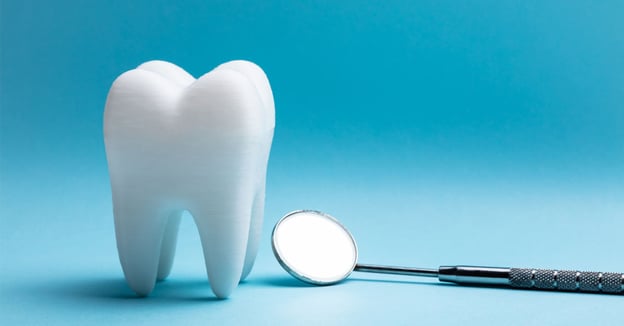
The wisdom teeth removal percentage for Americans over the course of their lifetime is nearly 85 percent. That’s nearly 20 percent more than the population of currently employed Americans.
Despite the prevalence of wisdom teeth removal, very few Americans actually understand why we have it done, or what these “extra” teeth are to begin with. So, speaking of wisdom, let us impart some on you. Here is a brief synopsis of wisdom teeth history in America.
Getting to the root of wisdom teeth
Let’s start with the basics: wisdom teeth are our third set of molars that start to poke through the gums around ages 17-25. As the name suggests, these are the final teeth to surface in our mouths — after we have supposedly gained life “wisdom.”
Wisdom teeth removal has become an adolescent rite of passage. Think back to your teenage years, and you will remember not only forlorn angst but also gum ache and jaw pain. This is because latent wisdom teeth often crowd mouths and cause irritation to nearby teeth — necessitating extraction. If they are not taken care of, wisdom teeth can cause oral health issues such as:
- Teeth movement
- Sinus irritation
- Inflamed gums
- Bite misalignment
Historically speaking, humans haven’t always had their wisdom teeth removed. So, when did wisdom teeth removal begin to be a thing? As the human diet has evolved, so too has our need for wisdom teeth. Our prehistoric ancestors needed these strong teeth to help chew through the plants, seeds and nuts that made up the bulk of their diets. Today, the typical American diet doesn’t wear teeth down as it did for our ancestors and our wisdom teeth often end up causing problems and even pain. Even if the extra teeth aren’t causing pain, many oral surgeons still suggest wisdom teeth removal as a preventative measure to fend off tooth or jaw damage down the line. Today, the procedure is routine and there are very few issues or complications associated with wisdom teeth removal. This means, in all likelihood, either you or your kids will eventually need wisdom teeth removal.
The cost of wisdom teeth removal
So, what percent of the population has their wisdom teeth removed? Simply put, wisdom teeth removal is a likely reality for the majority of Americans at some point in their lives. Unfortunately, the procedure doesn’t come cheap — especially if you’re part of the nearly 40 percent of Americans who do not have dental insurance.
"The vast majority of Americans, nearly 85 percent, have wisdom teeth removed in their lifetime. To put this into perspective, that is nearly 20 percent more of the population than is currently employed in this country."
Without dental coverage, wisdom teeth removal costs between $250-$650 per tooth — amounting to an average total cost of $1500. This cost includes general anesthetic, the procedure, and subsequent follow ups.
How can people make wisdom teeth removal more affordable? In order to get ahead of expensive procedures such as wisdom teeth removal, think about using a dental discount card to save on the procedure. A dental discount program is basically an unending coupon book for your mouth.
For example, with Dental Solutions, a monthly subscription is less than $10 and entitles you and your entire household to up to 50 percent off the retail cost of both standard and specialized oral health procedures.
Wisdom teeth removal is admittedly not something many people look forward to. However, you don’t have to overpay for this necessity. Contact Dental Solutions to learn more about how to save on various dental procedures and uncover huge savings on oral health care.

